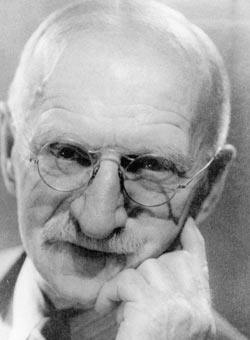Byron Cummings had many interests and ideas that he brought to the table, including knowledge of different languages, archaeology, athletics, and travel.
In Short

He started his career teaching Latin and Greek at the University of Utah. Cummings helped to develop the U’s archeology program. He was one of the first Euro-Americans to document the location of Utah’s Rainbow Bridge in 1909, a natural stone structure in southern Utah. His work expanded education programs and ignited a national interest in the archaeology of the American Southwest.
He Loved Lots of Things!
Cummings liked learning, and he supported others going to school. He earned degrees in classical languages and literature. He also taught languages and enjoyed physical fitness and athletic competition. His time at the University of Utah meant so much that the U named a football stadium after him!
How he Learned to Love Archeology
Cummings became the first Dean of Arts and Sciences at the University of Utah in 1906. That year some of his students encouraged him to visit Nine Mile Canyon, which he did. Cummings felt inspired by the panels of ancient rock art or petroglyphs created by the Fremont people who lived in the Southwest thousands of years ago that he saw while riding his horse. He found archeology so interesting that he continued to explore the Southwest to find more evidence of Native American presence.

During one trip, Byron saw the archeological remains of the Pueblo I ruin at Alkali Ridge—some of the first permanent structures created by the Puebloan people–in southeastern Utah. He also supervised excavating the Kinishba ruins in eastern Arizona near the current-day Fort Apache Indian reservation, where many White Mountain Apache people live. His explorations and excavations helped educate others about the ancient people who once lived in Utah and the rest of the Southwest.
Cummings Interests Led to Knowledge
Cummings wrote many books about archeology to learn about Utah’s natural land bridges and the American Southwest. His talents and interest in education, exploration, and archeology contributed to new programs at the University of Utah. His interests also inspired many informative books and the improvement of maps. We can explore many of the places that Cummings wrote about today.
Keep Exploring!
Return to the People Who Made a Difference page here.
Return to the I Love Utah History home page here.